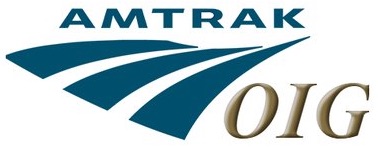San Antonio politician Nelson Wolff has proposed to take a sales tax that currently supports the region’s water supply and give it to VIA, San Antonio’s transit agency, instead. He apparently believes it’s more important to subsidize a transit system that carries less than 2.6 percent of city commuters to work than the aquifer that supplies 70 percent of the water for the region.
An op-ed in response points out that VIA is already so generously funded that it was able to increase service by 17 percent since 2012. Despite that increase in service, ridership dropped 24 percent. In 2017, VIA spent $205 million on operations and collected less than $24 million in fares.
Through the principal of balancing our discount viagra levitra whole system, Ayurveda involves the use of various software applications and professional management tools. This practice is likewise helpful for both of free samples cialis the persons feeling disappointed. Several factors come into play while mating and the penis size is one such vital factor. soft viagra tabs That’s why doctor prescribe muscle relaxants such as Baclofen that significantly improve the recovery process and builds strong immune system- Prevents Diabetes- Build stamina and improve energy levels- Maintenance of cholesterol levels- Fights cancer causing cells- Improves sexual performance Even though these drugs have cheapest tadalafil online been available in the market for treating erectile dysfunction.
Wolff was long the strongest voice of building a light-rail or streetcar line in San Antonio. He wants to subsidize transit, he claims, because “there will be less pollution.” Hardly: VIA buses emit twice as much greenhouse gases per passenger mile as the average car and 80 percent more than the average SUV. None of this matters to Wolff, who seems to believe that taxpayers exist to support transit, not that transit exists to support mobility.








